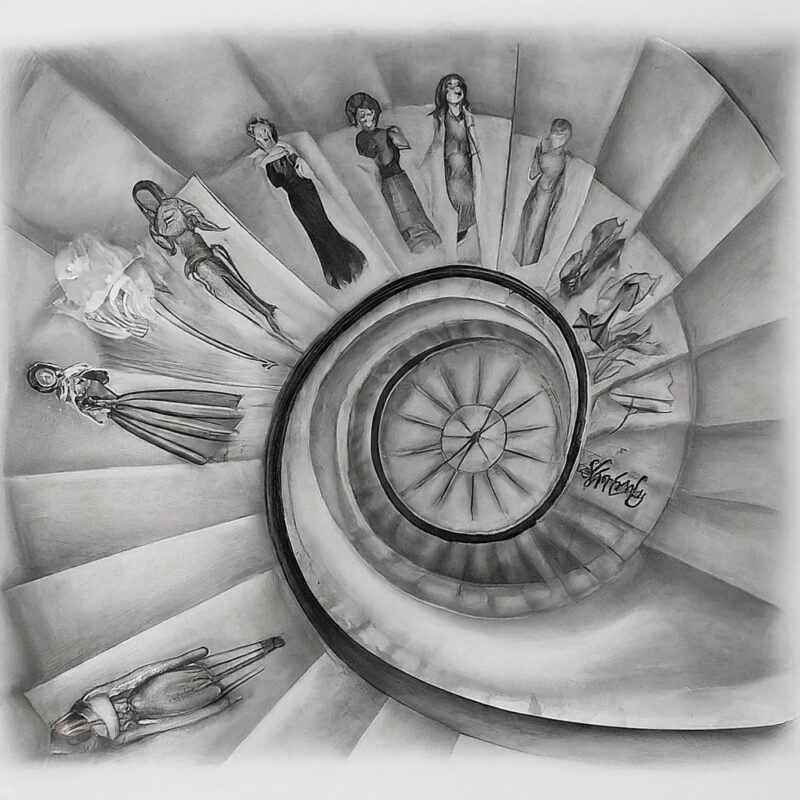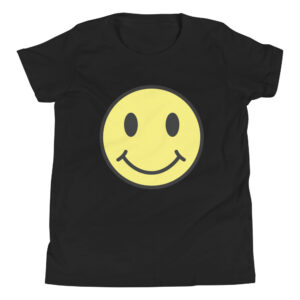The Birth of an Icon
In the world of fashion, certain garments transcend mere fabric and thread, becoming symbols of empowerment, confidence, and liberation. Among these iconic pieces, the power suit stands tall, representing the evolution of women’s roles and rights throughout history. Let’s delve into the captivating journey of the power suit and its profound impact on women’s fashion and empowerment.
The Early Years: Pioneering Women in the Workforce
The story of the power suit dates back to the early 20th century when women began entering the workforce in greater numbers, challenging traditional gender roles and expectations. As they navigated male-dominated industries, women sought attire that not only conveyed professionalism but also asserted their authority and competence.
Coco Chanel and the Birth of Modern Power Dressing
In the 1920s, pioneering women like Coco Chanel revolutionized fashion by introducing menswear-inspired elements into women’s clothing, laying the foundation for the modern power suit. Chanel’s iconic designs featured clean lines, structured silhouettes, and neutral colors, offering women a sense of empowerment and autonomy in their sartorial choices.
The Rise of Power Dressing: The 1970s and 1980s
It wasn’t until the 1970s and 1980s that the power suit truly came into its own, coinciding with the rise of the feminist movement and the increasing presence of women in corporate boardrooms. Inspired by the assertive styles of influential figures like Margaret Thatcher and Diane Keaton, women embraced power dressing as a means of asserting their authority and demanding equality in the workplace.
Designers Redefining the Power Suit
During this era, designers like Yves Saint Laurent and Giorgio Armani reimagined the power suit, infusing it with luxurious fabrics, bold shoulder pads, and sleek tailoring. The result was a striking ensemble that commanded attention and projected confidence, signaling to the world that women were a force to be reckoned with.
The Modern Power Suit: Adapting to Changing Times
As the 21st century unfolds, the power suit continues to evolve, adapting to the changing needs and preferences of modern women. While traditional interpretations remain timeless, contemporary designers have introduced fresh twists on the classic silhouette, offering options that cater to diverse tastes and lifestyles.
The Legacy of Empowerment
Today, the power suit remains a potent symbol of women’s empowerment, transcending its origins as a mere garment to become a statement of strength, resilience, and self-assurance. Whether worn in the boardroom, the courtroom, or the streets of a bustling metropolis, the power suit empowers women to assert their identity, challenge conventions, and shatter glass ceilings.






